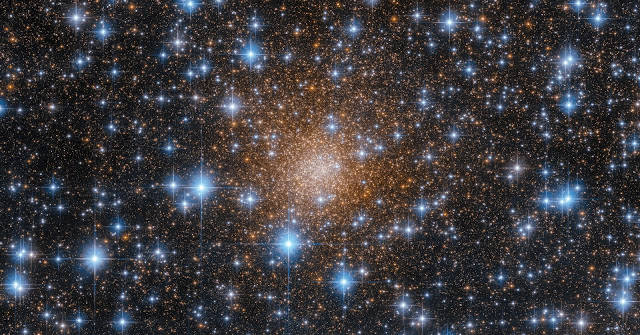What is the Future of Global Space Cooperation? | World Economic Forum
"Between lunar missions and commercial space stations, low-Earth economy and vital information-gathering about our planet, investments in the space industry could reach $1 trillion in the 2030s."
"How can public and private stakeholders worldwide collaborate to make these ventures a success and ensure space exploration and research benefits us all?"
"The World Economic Forum is the International Organization for Public-Private Cooperation. The Forum engages the foremost political, business, cultural and other leaders of society to shape global, regional and industry agendas. We believe that progress happens by bringing together people from all walks of life who have the drive and the influence to make positive change."
Learn about the World Economic Forum:
https://www.weforum.org/events/world-economic-forum-annual-meeting-2022
European Space Agency (ESA) Astronaut Samantha Cristoforetti's Biography (ESA)
Video & Caption Credit: World Economic Forum
Duration: 53 minutes
Release Date: May 25, 2022
V1.jpg)
V2.jpg)
V3.jpg)
V1.jpg)
V2.jpg)
V3.jpg)
V1.jpg)
V2.jpg)
V3.jpg)
V1.jpg)
V2.jpg)
V3.jpg)
V4.jpg)
V5.jpg)
V6.jpg)
V7.jpg)
V8.jpg)
KevinGill-V1.jpg)
KevinGill-V2.jpg)
KevinGill-V3.jpg)
KevinGill-V4.jpg)
KevinGill-V5.jpg)
KevinGill-V6.jpg)
KevinGill-V7.jpg)
KevinGill-V8.jpg)
V1.jpg)
V2.jpg)
V3.jpg)
V4.jpg)
V5.jpg)
V6.jpg)
V7.jpg)
V8.jpg)
V1.jpg)
V2.jpg)
V3.jpg)
V4.jpg)
V5.jpg)
V6.jpg)
V7.jpg)
V8.jpg)

Exp67.jpg)
